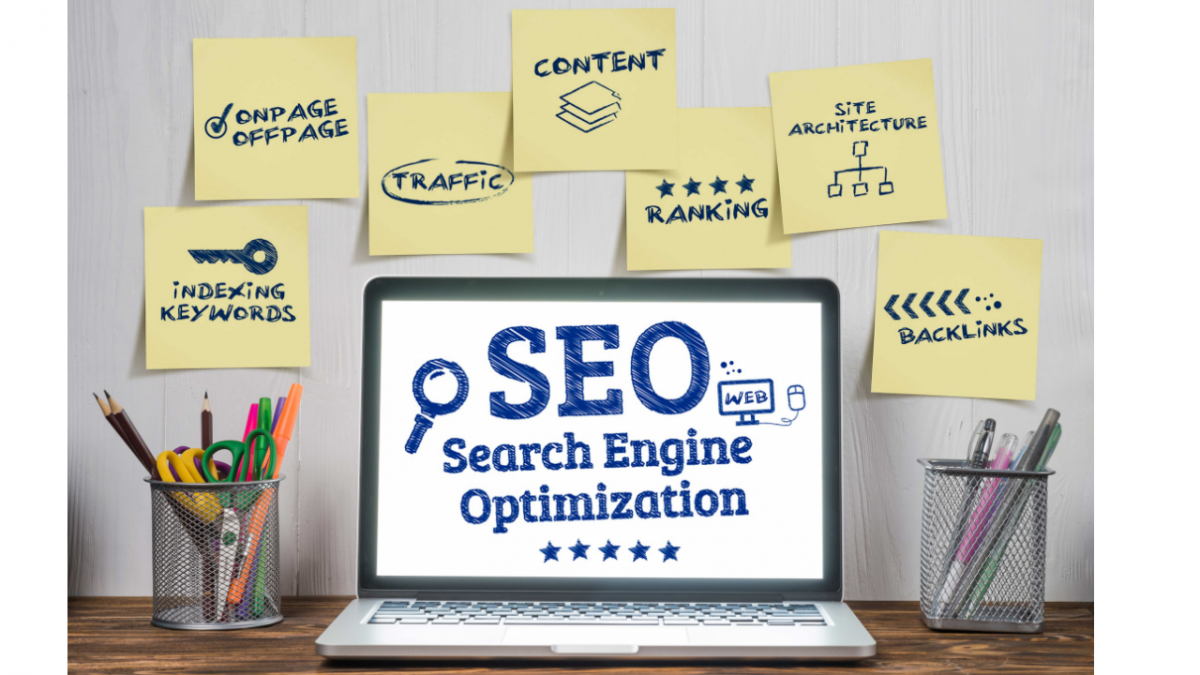You might find yourself asking – why do I need a website?
A website in the digital age is essential – it’s how you build trustworthy relationships with your customers, how you get found online and how you grow your business. Creating a good website is easier than you think, and you don’t have to be a graphic designer to pull it off! We’ve put together a beginner friendly guide to get your website in tip top shape in no time.
- Know Your Audience
- Brand Identity
- Optimised for Search Engines
- Adapted for Mobile
- Design and Structure
- Website Builders
- How Local Pages Can Support Your Website
Know Your Audience

Identifying a clear audience will automatically provide clear structure to your website, and make it much easier to design it later on. Start by asking yourself – who is your audience? How old are they? What do they look like? What do they do for a living? For example, 30-50 year-olds might be more interested in artisan goods because of their disposable income than young adults aged 20-30. A roofing company won’t be of much interest to 15-20 year olds, but to older couples who are homeowners it will be. From there figuring out what they like, what other products they might be using and what other websites they’re visiting will be much easier. Taking inspiration from other websites that resonate with your audience is a great start when it comes to figuring out design later on.
Brand Identity

Sticking true to your brand identity will build a solid presence across multiple platforms and will ensure your business is easily identifiable. A consistent brand makes you seem more trustworthy and guarantees more business from online prospects. So, what does consistent brand identity entail? Using the same fonts, logos and colour palette across all platforms, perpetuating the same message while adapting to the individuality of different platforms. Different people might browse through Facebook than your website. We’ve put together a guide on building brand identity, so you can read more about it by clicking here.
Optimised for Search Engines

SEO, or Search Engine Optimisation, is the process of ensuring your website will appear as one of the first in a browser search. Using keywords throughout your page and title that are specific and relevant to your business, as well as ensuring every part of the website has a clear purpose will rank your website higher in search engines. For example, if you’re a soap-making company, the word soap should be included in the title of your website and sprinkled throughout. For a more in-depth look at how you can optimise your SEO, head to our previous blog entry by clicking here.
Adapted for Mobile

How often do you search things on your mobile? How often do you search on your laptop? The vast majority of people tend to use their phones more so than laptops, so a website that is adaptable to mobile phones is crucial. Most website building apps will automatically transform your website for mobile, but be careful when using automotive tools as they could be cutting some of your information. It’s always best to go over it yourself and ensure your website reads clearly on mobile devices.
Design and Structure

First and foremost, your website should be intuitive and easy to use. It won’t matter how pretty the design is if your potential customers can’t find what they need. The customer journey should be as short as possible from the point they enter the website to finding the information they’re after.
According to research, an average user takes about 54 seconds from the moment they enter the website to the moment they leave. That’s less than a minute to figure out how to make the journey from A to B as short as possible, whether that be sending an email, making a phone call or purchasing your product.
Once you’ve figured out a good structure for your website, then you can start thinking about the design of it. Taking inspiration from existing websites that work well is a good idea, but be sure you stick to your brand guidelines!
Website Builders

If you don’t have a website or are looking to move your website, you can do so through various free platforms such as Wix, WordPress or SquareSpace. These tools will be fairly straightforward to use, and given some practice you will have a website all of your own in no time! A lot of these platforms will allow a form of paid upgrade, such as owning your own domain name (that is the URL, or website link, name) or adapting for mobile.
How Local Pages Can Support Your Website
Local Pages offers you the opportunity to not worry about designing your website – because we can do that for you. Our custom-built websites are designed with you and your customers in mind, and are built for SEO optimisation. Not only that, but we’ll host the domain for you, and ensure it’s up and running smoothly in no time. To schedule a free website consultation, click here.
Leave a comment on What Makes a Good Website?Categories Blog







